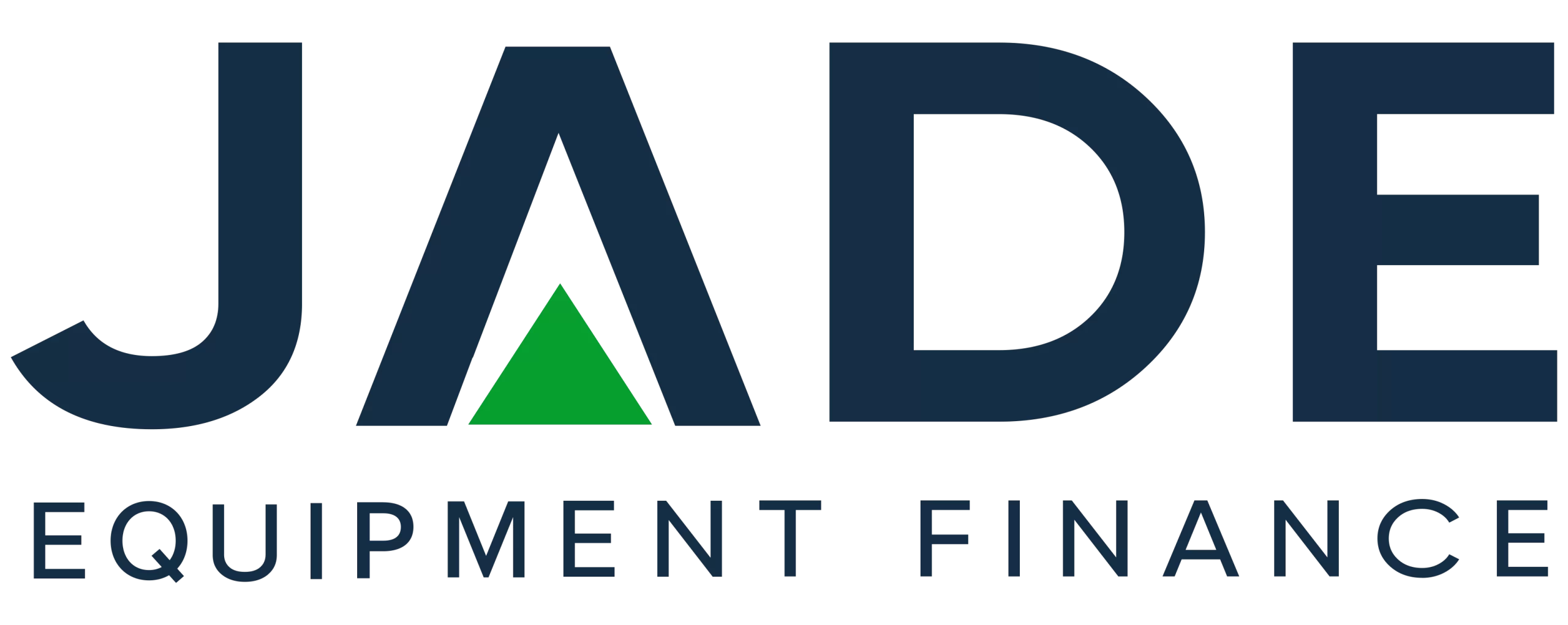Providing information around lending is a major priority for Jade Equipment Finance. There are many complex issues in our area of finance and we attempt to provide as clear explanation as possible. Education and information being key factors in instilling the confidence required to make well-informed business decisions.
In this article we take on a quite complex topic – Rule 78, which is also known as The Rule of 78 and The Rules of 78s.
The information we provide is intended to be used as general background only and you should always refer to your accountant for specific financial advice on your individual business.
The Rule of 78. Possibly you’ve never heard of it and more likely, it’s not keeping you up at nights. But we’ve been asked about it, so we’re diving in deep to provide as simple explanation as possible for those who are interested.
General Explainer
Rule 78 is one of several methods that lenders use to calculate how interest on a commercial finance loan, such as equipment finance, is apportioned, i.e. allocated, over the term of a loan. It uses an arithmetic progression, which we will provide you a link to the Australian Taxation Office website to review for full detail.
- This method allocates or apportions a greater amount of the total interest payable on the loan to the earlier repayments. So the borrower pays off more of the interest and less of the principal in the early stages of the loan term.
- The loan amount, known as the principal, is reduced at effectively a slower rate.
- In the earlier repayments, i.e. the first months/years, more of the amount paid is offset against interest as opposed to the principal.
- Over the life of the loan, if you continue to the full loan term, the same total interest is paid and the outcome the same, regardless of method of calculating interest used by the lender. (see below for other methods).
- If the borrower pays out the loan before the end of the loan term, they may discover that more is owed than expected as less of the principal is being reduced in the earlier repayments.
- A loan statement detailing interest and principal payable on instalments and in balance may be provided by some lenders.
- Rule 78 applies to fixed term commercial loans only.
ATO Information
With all things financial and where tax implications are present, it is always advisable to refer to the ATO. In the case of Rule 78 it is covered under Taxation Ruling TR 93/16 which considers when using Rule 78 is appropriate in apportioning repayments. This ruling specifically states that it does not cover tax implications around interest. That is covered under other Rulings. It does however, state that when Rule 78 is used, it must be done consistently over the loan term.
To swat up further please head to ATO
Impacts of Rule 78
So what? You may well ask. Well the method used by a lender in apportioning interest over the loan term may impact when you can claim the interest or other elements of the loan as a tax deduction.
As mentioned above, it also has an impact in the event that you choose to pay out your loan early. If for instance you decide to trade up to a new piece of equipment and have a value for your current piece in mind to sell or trade, you might find you owe more on your loan to pay out than anticipated.
Comparing Other Methods
The Rule of 78 is possibly best understood when compared with other methods of calculating and apportioning interest.
Rule of 78 is one of three methods which may be implemented by lenders:
- The Flat Rate Method: possibly the easiest to grasp and for many, seemingly the most logical. The total interest for the loan is calculated and apportioned equally over all the repayments. So with each repayment, an equal part of the interest is being paid with each repayment and a portion of the principal is being repaid. Compared with Rule 78, the principal will be decreasing at a faster rate in the early repayments but more interest will be payable later in the loan.
- The Actuarial Method: the interest for each repayment is calculated individually by multiplying the balance by the interest rate. More of the principal is being repaid with each instalment and the amount of interest included in each repayment decreases over time.
Regardless of method used, the total interest on the loan is the same. It is just paid at different times in the loan cycle.
Jade Input
Despite the method used by the lender, your Jade consultant will be advising you of the cheap interest rate we source.
The total interest and all fees and charges are included in our quote which you can get for free or by using our finance calculator.
Hopefully this has been helpful and added to your knowledge bank when it comes to understanding equipment finance. Now, it’s time for us to help you with a great equipment finance deal.
To discuss equipment finance, contact Jade Equipment Finance 1300 000 003 and talk with our consultants.


